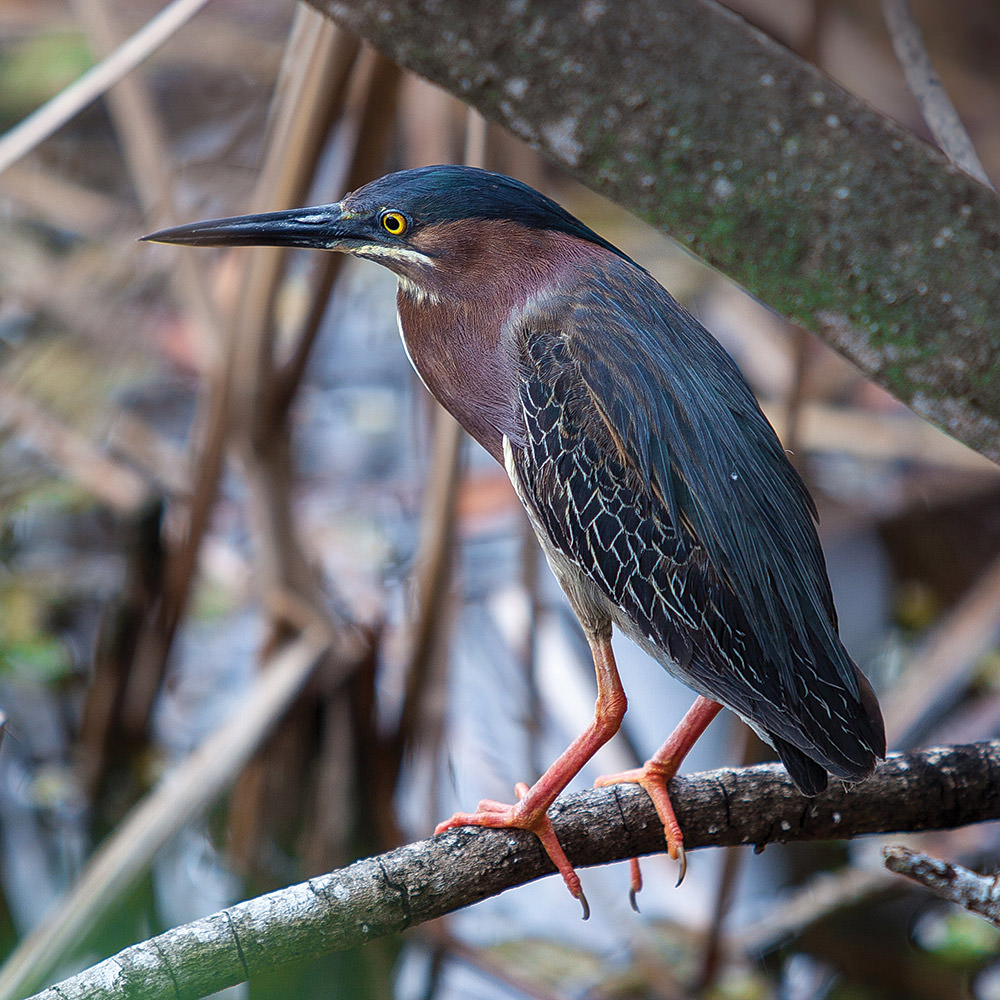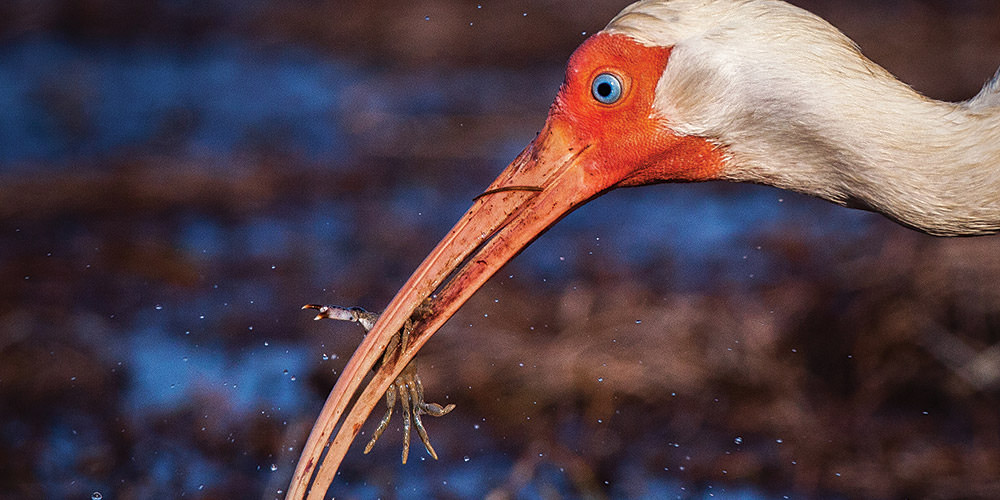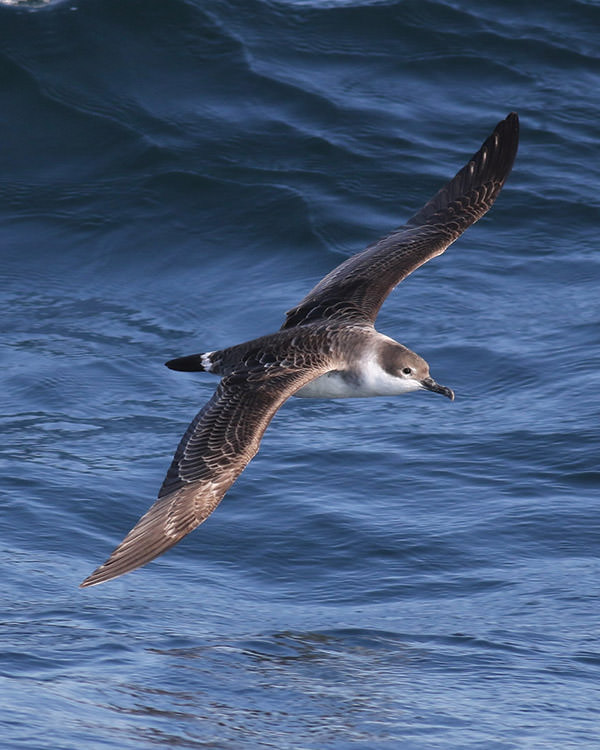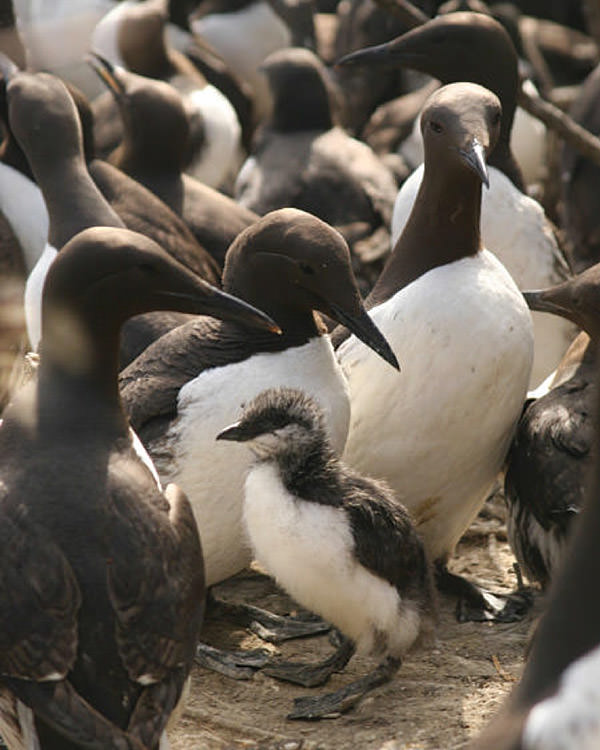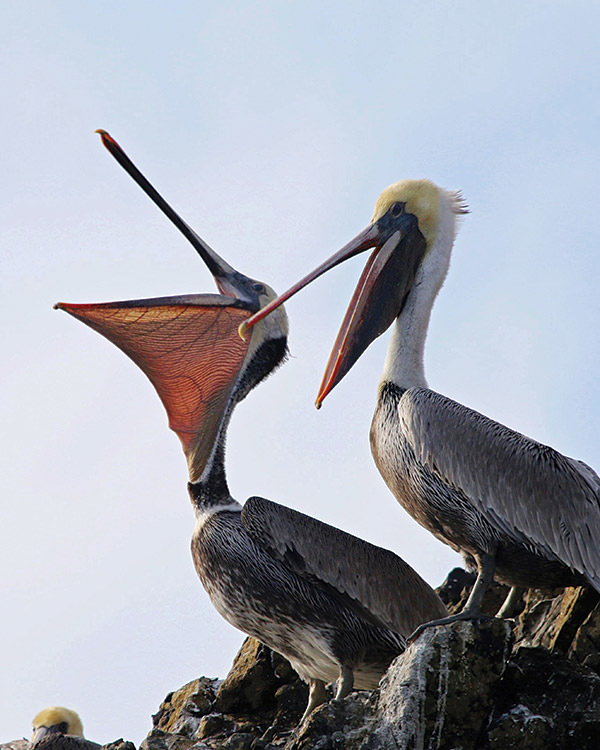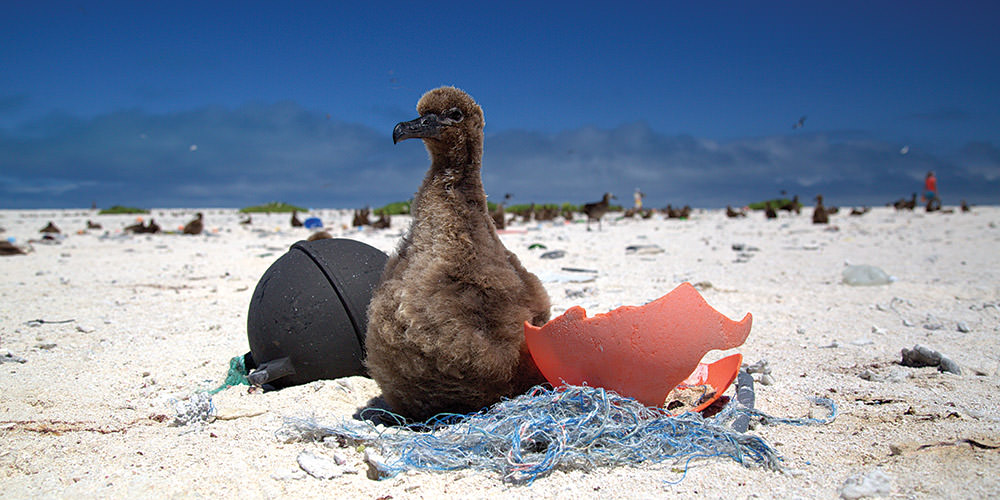Flying Through Sanctuaries
The biological communities of national marine sanctuaries are complex, and often hidden beneath the waves. But one group of animals plays a special role in helping scientists track sanctuary conditions: birds. Whether birds are resting during their long migrations, looking for their next meal, or caring for their hatchlings, the National Marine Sanctuary System provides important habitats. Where birds are found, what they eat, and how they behave helps scientists understand the health of ocean ecosystems. Plus, thanks to the variety of birds – from songbirds to seabirds! – that depend on national marine sanctuaries, sanctuaries are prime spots for birdwatching.


